The Pag-amuma Ginhawa initiatives
Between stimulus and response, there is a space. In that space is our power to choose our response. In our response lies our growth and our freedom.
[Often Often attributed to Stephen R. Covey (1932-2012) or Viktor Frankl (1905-1997)]
The Pag-amuma Ginhawa Implementers
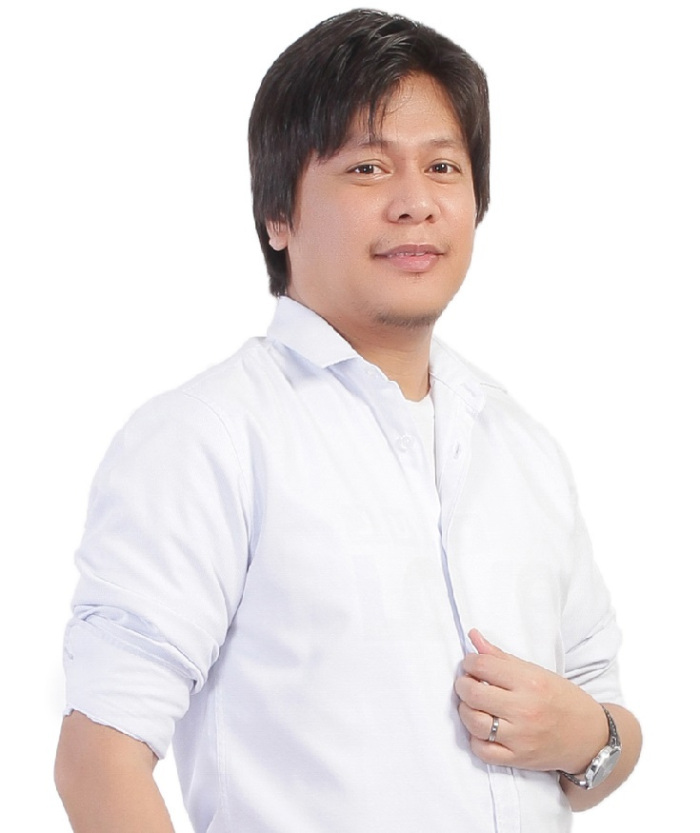
Reynan S. Salo, TSM
Lead Extensionist
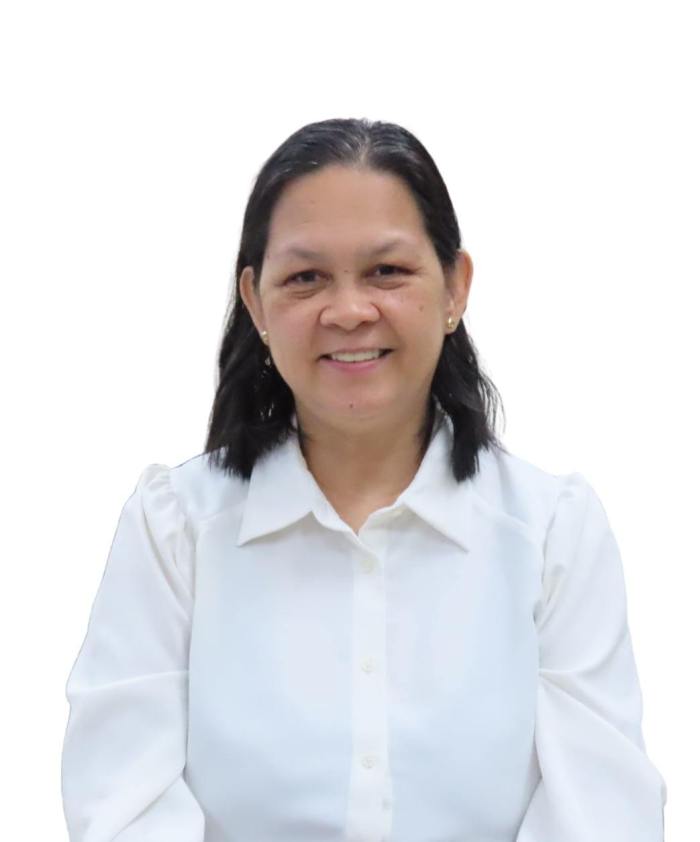
Jovelyn G. Delosa, PhD
Extensionist
Consultant

Jo Augustine G. Corpus, RGC
Extensionist
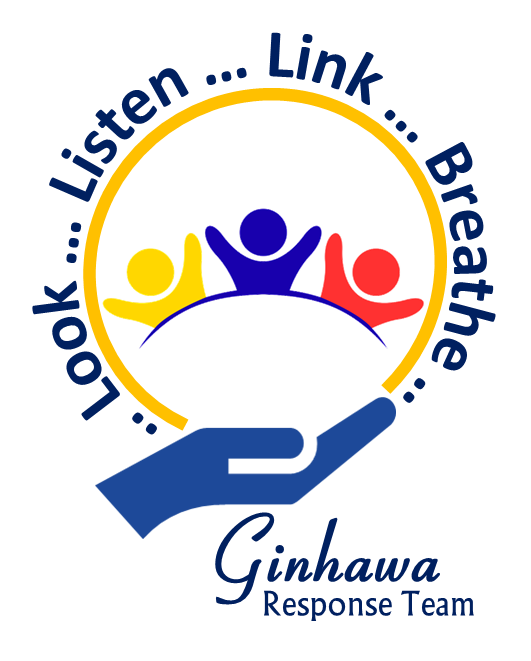
Genevieve Marie E. Bolanio, MAEd
Extensionist
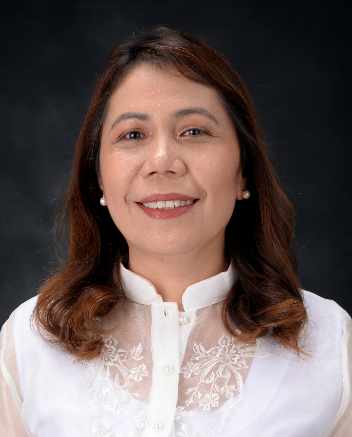
Niemfa Love W. Manginsay, MAPsy
Extensionist

Daniel S. Lerongan, PhD
Extensionist
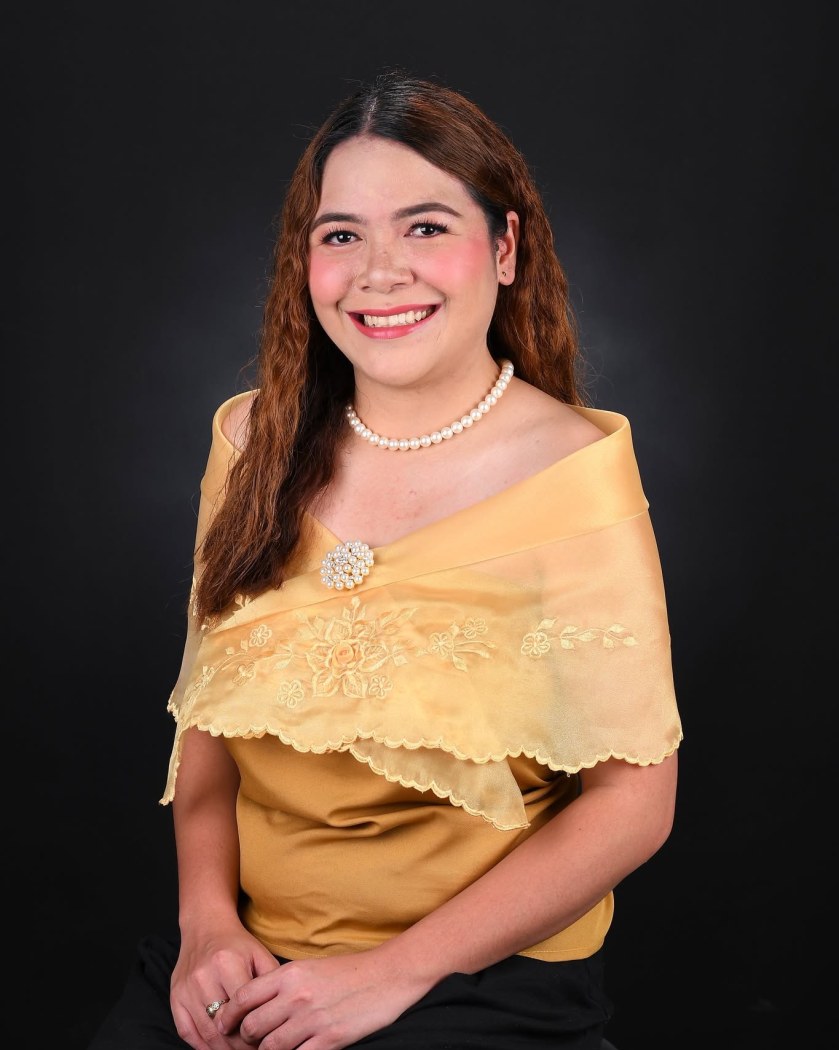
Kesiya S. Rodas, RPm
Extensionist
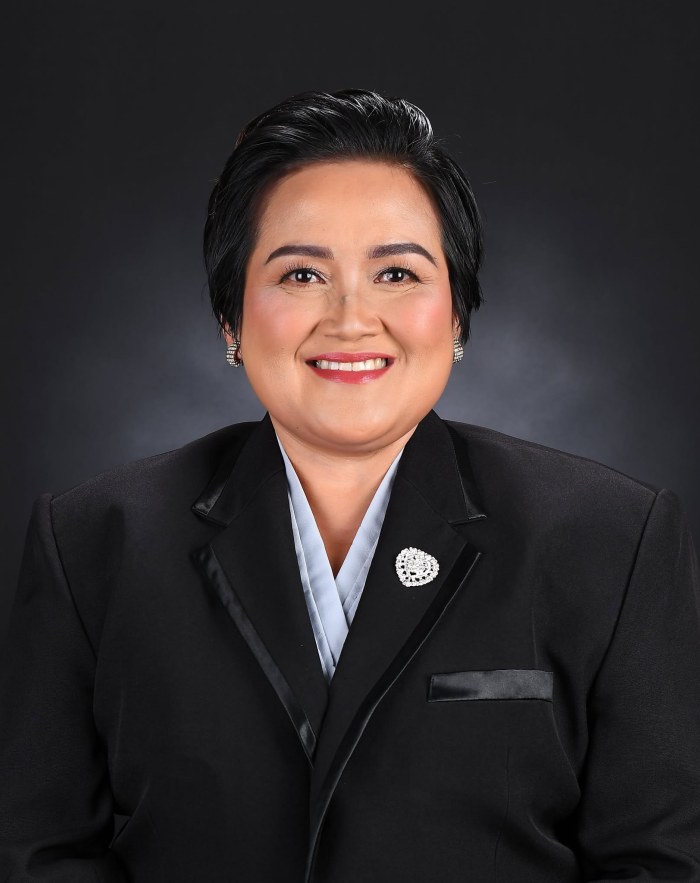
Rowena E. Bagongon, MAEd
Extensionist
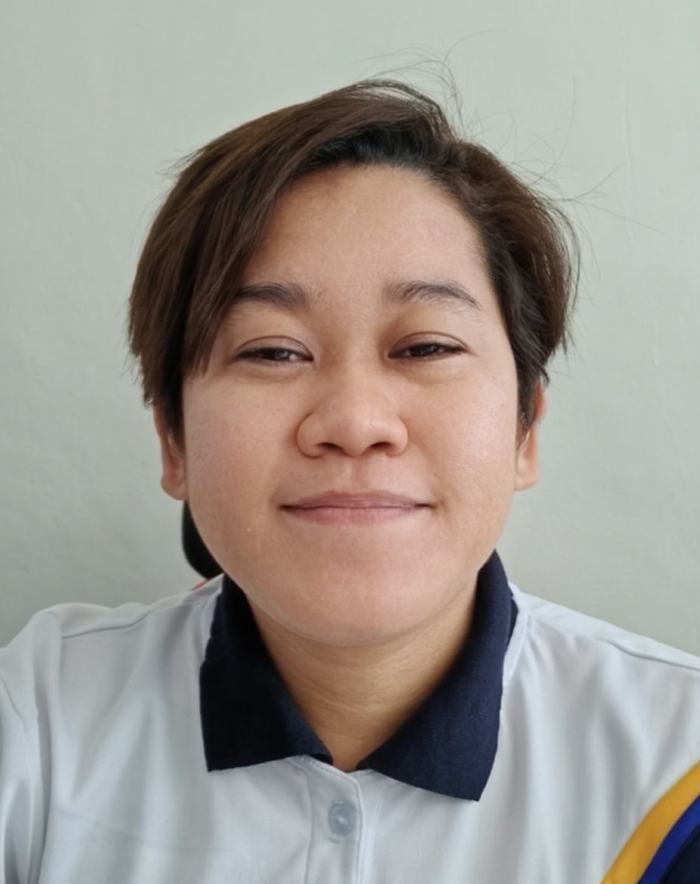
Grace P. Quiblat, MAEd
Support Staff
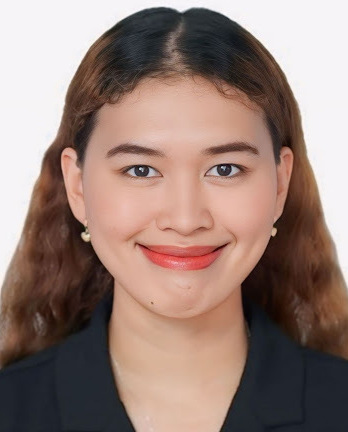
Maria Michaela Q. Jamora, RPsy
Extensionist
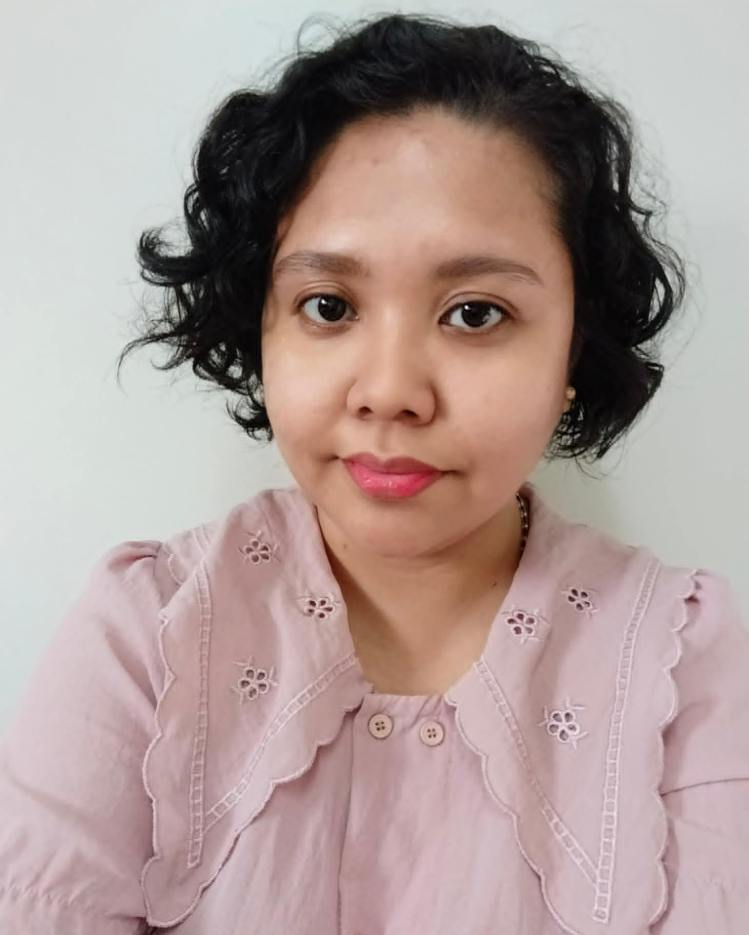
Jee Ann Marie E. Guibone, LPT
Extensionist

Mary Luz S. pelesco, LPT
Extensionist

Zandra Shellee Y. Ordinan, MAEd
Extensionist

Mary Claire T. Cahatian, RPm
Extensionist
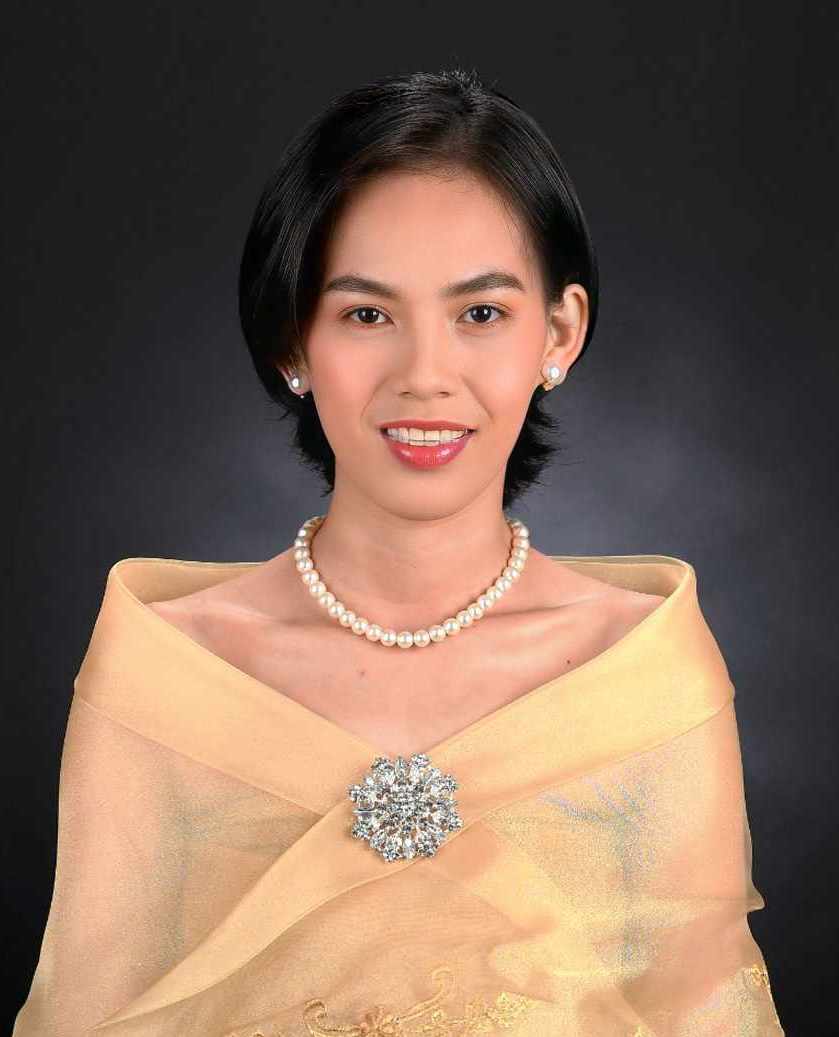
Mary Cris J. Go, PhD
Support Staff
The Pag-amuma Ginhawa History
There are numerous factors why the world is currently experiencing more distress than ever. It is possible that the issue is related to work, family, peers, society, environment, or even self-evaluation. Each individual experiences stress differently. An individual may perceive a single event as stressful, while others do not.
Worldwide, many stress management programs were developed. Others adapt to published programs and other try to craft their own to meet specific target or need. In my experience, stress management programs were merely temporary getaway from the stressful experience. However, after the program, I have to face the same stress all over again. And so, the desperation to have another stress management programs and activities never stops.
Nowadays, stress management programs have slowly diverted from the traditional way. Away from mere games and other fun activities that provide temporary relief. There are programs that focus on somatic exercises, yoga, mindfulness, and others. These are indeed effective activities that even Ginhawa use in some of its sessions. However, on their own, it’s just like a new way of doing the traditional stress management program.
The Traditional Stress Management Program I experienced
I remember the first stress management program I encountered in high school in the late 90’s. The speaker talked about stress, then we had an activity on releasing our emotions, then sharing our experiences, where someone cried, and then we celebrated with a game and socialization. After that, life returned to the way it was before the stress management program. Nothing really changed.
The next stress management program I encountered was a lot better. The speaker talked about stress, like the two sides of a coin. One side is negative and the other side is positive, referring to the distress-eustress theory of Hans Selye (1907–1982). Stress, according to the speaker, was a matter of how to take the experience. Take it negatively, and it becomes distress; take it positively, and it becomes eustress.
The next stress management program I had was a complete waste of time. One of the BPO companies in the country where I worked incorporated it into their Family Day celebration. Our minds were focused on the family day activities, so nobody really concentrated on whatever the speaker was talking about. That was the longest 30 minutes we had. After the talk, we exited the hall to enjoy ourselves while preparing for the games and other events.
The succeeding stress management programs I encountered were pretty much the same as the ones already mentioned.
My Psychology Journey
This changed when I started my journey as a psychology graduate student at a prestigious university in my place. My perspective on stress management shifted. I realized Psychology has so much to offer to the world. I realized I have been doing things in the past that I only realized were not good for me when I studied Psychology. My journey was eye-opening. I understood what stress is by looking through the lens of psychology. The best experience I had with my succeeding stress management engagements is the sharing of experiences and processing them. The weight of the load in my heart became lighter and after the program, I was able to reconcile with the stimulus, the experience, and myself. However, I also realized later on that sharing stressful experiences does not really work all the time. I will need to explore another stress reduction strategy. Until I stopped because I was already too busy to keep exploring working strategies while there were more pressing deliverables that I needed to prioritize (in studies, work, and personal life).
Although those experiences in stress management taught me a lot about managing my stress, I still keep on getting stressed out, even with minor things such as a poke on my shoulder. I didn’t bother looking for a solution to this issue, though, because I started to just let it be if it is beyond my capacity to fix or resolve. Stress still feels like stress though. However, I cannot remain like this. I am going to become a psychologist and if I cannot navigate my own experience of stress, how can I help others navigate their experience of stress?
My Journey in Neuroscience
Along my path to specialization in positive psychology, I came across a training in contemplative neuroscience. I became curious because the topics were focused on stress, stress-related symptomatology, trauma, the function of the brain and the nervous system, and the intervening function of mindfulness between the experience of stress and the stress response.
I first studied mindfulness. I became interested in mindfulness-based interventions, so I had to undergo the Mindfulness-Based Stress Reduction Program (MBSR), which was popularized by Jon Kabat-Zinn in the late 1970s. I then started practicing mindfulness meditations and breathing techniques.
Later on, I studied Dr. Daniel Siegel’s Interpersonal Neurobiology and Dr. Stephen Porges’ Polyvagal Theory. I read their books and enrolled in some of their virtual classes. I came across Dr. Bessel van der Kolk in some of the online courses I enrolled in and many psychology-related conferences. His theory on the importance of the body in the experience of stress and trauma led me to study the role of the body, the nervous system, and the brain in the experience of stress. Also, in many international conferences I had participated virtually, it was an honor to have listened to Dr. Pat Ogden’s talks. She is the founder of sensorimotor therapy, which further deepened my understanding of stress.
The Development of Ginhawa
I dreamed of getting a PhD during those years and it was so timely that I had an idea in my mind that I wish to experiment on. However, because I am in the field of Psychology, ethics is a thing that I can and will never violate. Thus, I decided to make myself my guinea pig for my experiment. Whew. Indeed. I experimented with myself the idea that was on my mind. I started with three deep belly breaths before I went to sleep and when I woke up in the morning, focusing only on my breath. According to neuroscience, this practice will develop the posterior cingulate cortex and its network with the other brain areas associated with mindfulness. Then I started doing secular meditation. When I came across Trauma-Sensitive Mindfulness, popularized and taught by Dr. David Treleaven, I enrolled in both the basic and advanced courses and obtained my practitioner certificate. This achievement made my path clearer in terms of the development of Ginhawa (Breathe) . I started to conceptualize the idea of Ginhawa from the theories and concepts to the framework, procedures and processes, the activities and timelines, the modules and assessments, and, of course, the ethical considerations.
With my status as a teacher, I was able to share my knowledge regarding mindfulness in my class and integrate it into my classroom management (e.g. using mindful prayer instead of traditional praying).
Practice makes perfect. Even if I am not perfect, at least I was able to complete the Ginhawa program myself. It worked. That’s the start of me embodying the prayer for serenity to further deepen and further enhance my mindfulness skills.
Dear God,
Grant me the serenity to accept the things I cannot change,
The courage to change the things I can,
And the wisdom to know the difference.
Amen.
(The Serenity Prayer)
In 2022, I am deeply honored to be welcomed as a faculty of a humble yet potentially growing state college at the heart of Northern Bukidnon. It was at Northern Bukidnon State College (NBSC) where I introduced the Ginhawa as a Stress Regulation and Personal Development Program. After series of implementation, it bore its own fruit. It is overwhelming to know that employees remember what you teach them and apply them into their daily lives. The program was them absorbed by the Office of the Vice President ofr Academic Affairs, headed by Dr. Jovelyn G. Delosa - a true transformational leader that champions the development of a community of care above and beyond accountability and excellence. The Ginhawa Program became the Pag-amuma Ginhawa Program. It was then presented to the Board of Trustees and was given approval to become an institutional initiative on December 2022.
The following year, the program expanded its reach outside the four corneres of the College. It was named the Pag-amuma Ginhawa Extension (PGX), with a tagline, Building Mindful and Resilient Communities. PGX initially planned to focus only on training local MH responders because of the absence of Psychologists and Psychiatrists in the Municipality of Manolo Fortich, and the significant lack of local Mental Health reponders. I started with training the pioneer PGX Core members in 2023 and forged partnership with the local communities nearby. Basing on the status and the needs of the recipient communities, PGX Tagline was upcated to Building More Resilient and Sustainable Communities. and the gols of PGX was also revised to align with the community needs. From then on, PGX aimed to conduct needs analysis and from the data obtained, we capacitate ourselves to be able to respond to the identified prioritized needs. However, sicne there aalready are prioritized needs of the local communities, we aid them in developing programs that ensures the sustainability of the wellbeing of the local populace.
Recently, after the successful regional research of my team and I on the Mental Healthcare Systems of Northern Mindanao, we carry over the project to PGX, which further expoanded the reach of PGX not just to Manolo Fortich but also to the participating cities and Municipalities aorund Northern Mindanao. from that poitn forward, PGX became the Pag-amuma Ginhawa Initiatives. 'Initiatives' because we develop innovative programs, modules, workshops, and projects, some of which are experimental in nature to supplement the already being implemented programs of the Government.
This is where we are so far.
Projects completed:
- The GRIPP Initiative - an intervention/prevention program intented to aid CICL and CAR in reclaiming better futures.
Ongoing projects:
- Establishment of a local mental healthcare systems (MHCS) in cities and municipalities without and enhancing the existing MHCS for those with systems but experiencing challenges.
- Development of the #Nene Initiative - A holittic community-wide, interdisciplinary and multi-agency approach in reducing the rate of teenage pregnancy in one of the local communities.
Future projects:
- Implementation of Lig-on Initiative: A whole-community approach in the advocating against the use of illegal drugs
- Development of a community-based and culture-sentitive emergency response manual. A localized MHPSS Guide written in the native tongue (Bisaya)
-
Development of an initiative to address the increasing incidence of suicide attempt in a local community using the Design Thinking approach.
The Ginhawa Way
The Pag-amuma Ginhawa Initiatives offer the following public services:
- Aftercare programs
- Capacity-building, talks, seminars, workshops, an dother trainings, related to mental health, resilience, sustainability, and human and community development.
-
Basic Attending Skills
-
Contemplative Practice
-
Emotion Regulation
-
Leadership Training
-
Psychosocial Processing
-
Stress Regulation (Stress Management)
-
Trauma-Informed and Sensitive Practices
- Values Formation
-
- Impact Analyses
- Life Coaching
- Mental Health and Psychosocial Support
- Organizational Development
- Program Monitoring and Evaluation
- Project and Module Development
- Psychological First Aid
- Referral Services
- Research and Innovation
- Team Building
Note: The Pag-amuma Ginhawa Initiatives do not, in any and all circumstances, receive any form of payments for the services we give to the communities.
